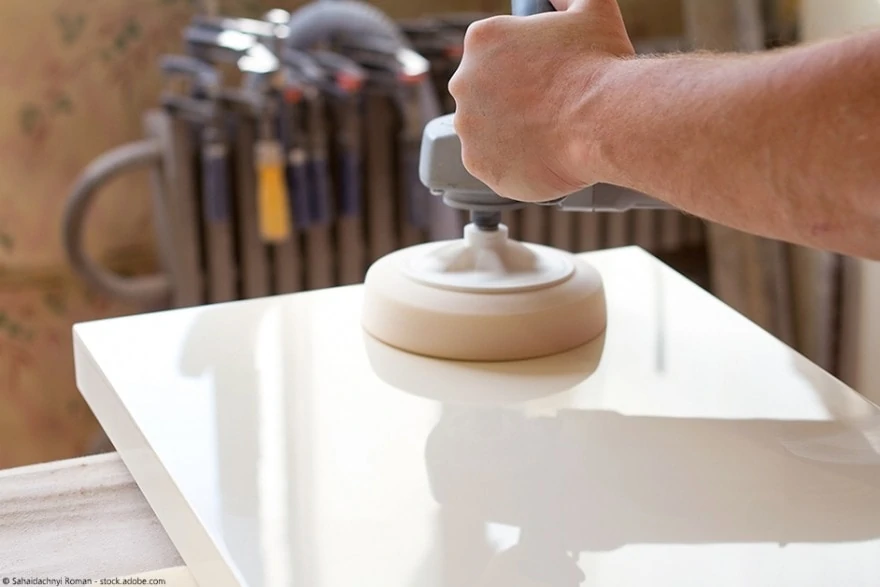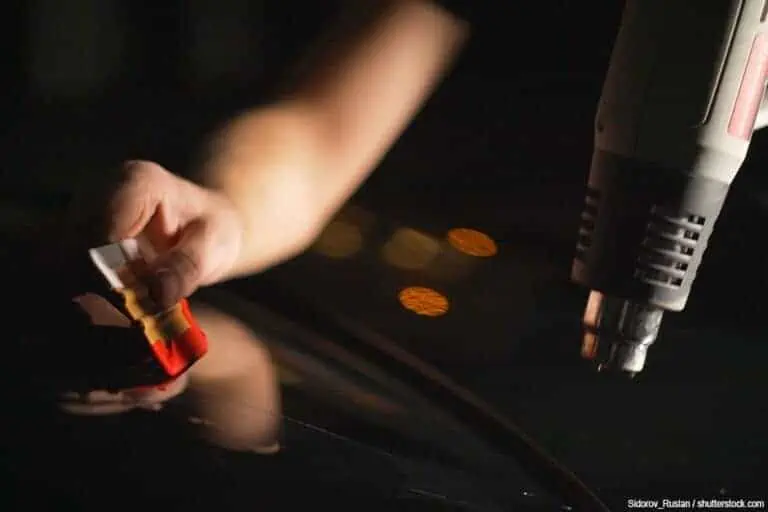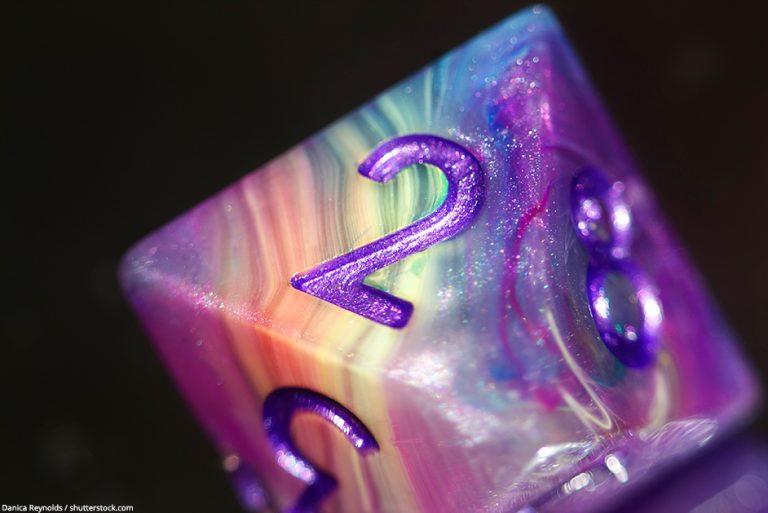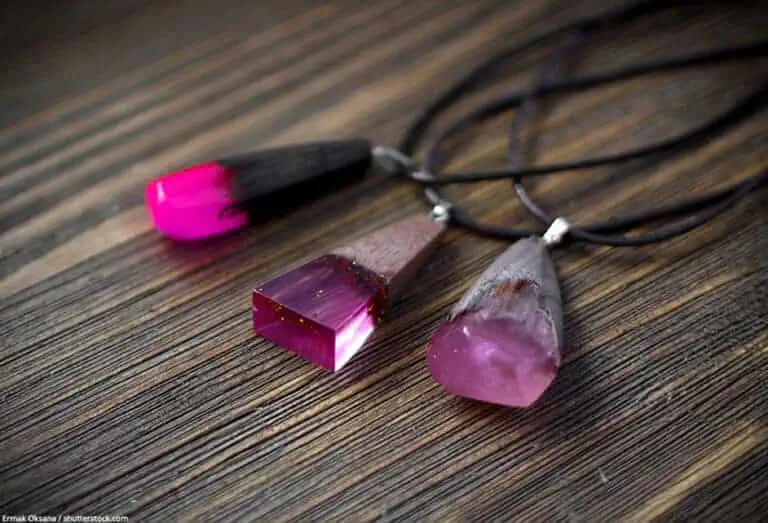How to Polish Resin – Step by Step Tutorial for Polishing Epoxy Resin
This post may contain affiliate links. We may earn a small commission from purchases made through them, at no additional cost to you.
Anyone who has ever made a work piece from epoxy resin will have noticed that after curing and releasing the resin from the mold, it often does not have the desired crystal-clear surface, but a cloudy effect instead – as though covered in a matt veil. Fortunately, there is a very simple application to make the surface shine and give it a beautiful gloss: epoxy resin polishing. This is very easy and ensures a perfect result. We show you how to give your resin work the final polish in a few simple steps.
Table of Contents
- 1 Which Epoxy Resin Objects or Applications are Suitable for Polishing?
- 2 Sanding Epoxy Resin – The Preparation for Polishing
- 3 Recommended Polishing Compound and Cleaner
- 4 How to Polish Resin
- 5 Polishing of Small Resin Castings with the Drilling Machine
- 6 Resin Polishing by Polishing Machine: Ideal for Larger Surfaces
- 7 How to Polish Epoxy Resin by Hand
- 8 Conclusion on Epoxy Resin Polishing
Which Epoxy Resin Objects or Applications are Suitable for Polishing?
Generally speaking, practically every object and surface made of synthetic resin is suitable for subsequent polishing after curing. Here are some examples:
- Epoxy resin casting
- Resin Art
- Resin Jewelry
- Tables made of epoxy resin
- Objects made from Epoxy and wood
- Epoxy resin floors
- Epoxy resin repairs
In this article, we focus on the polishing of smooth epoxy resin surfaces such as table tops and on the correct procedure for casting molds made of epoxy resin.
Sanding Epoxy Resin – The Preparation for Polishing
The sanding of epoxy resin is started with wet sanding. For this you use water and a special sandpaper, which can also be used in wet condition. This is possible because the abrasive grains are attached to a waterproof fabric.
The sanding is done carefully in circular movements from coarse grain 120 to grain 1000. Wet sanding can be done either by hand or with an orbital sander. At the end of the sanding process the surface of the workpiece should be flat. Then the actual epoxy resin polishing can begin.
For wet sanding of epoxy resin you need the following materials:
- Coarse to very fine sandpaper
- Suitable for dry and wet sanding
- Electro coated silicone carbide grit material
- Lightweight two-handed machine including additional handle
- With electronic speed selection and high removal rate
- With brake ring for smooth starting and immediate standstill when switching off
- Ø 5 inch sandpaper made of aluminium oxide granules
- Durable, antistatic and enables long-lasting and efficient sanding
- 6 finde different grit sizes, 60 sanding discs in total from 1000 to 3000 grit
Tutorial: Wet Sanding of Epoxy Resin
- Prepare water in a container or alternatively in a water sprayer.
- Now dip the special sandpaper into the water and start sanding.
- Alternatively, you can also moisten the surface of the workpiece with water and then use the sandpaper.
- The milky water should be wiped off with a cloth between each sanding operation.
The traces of sanding become less and less the finer the grain becomes. - You should bear this in mind because scratches left over from the previous sanding process cannot be removed later.
- Finally, the remaining water is completely removed from the surface.
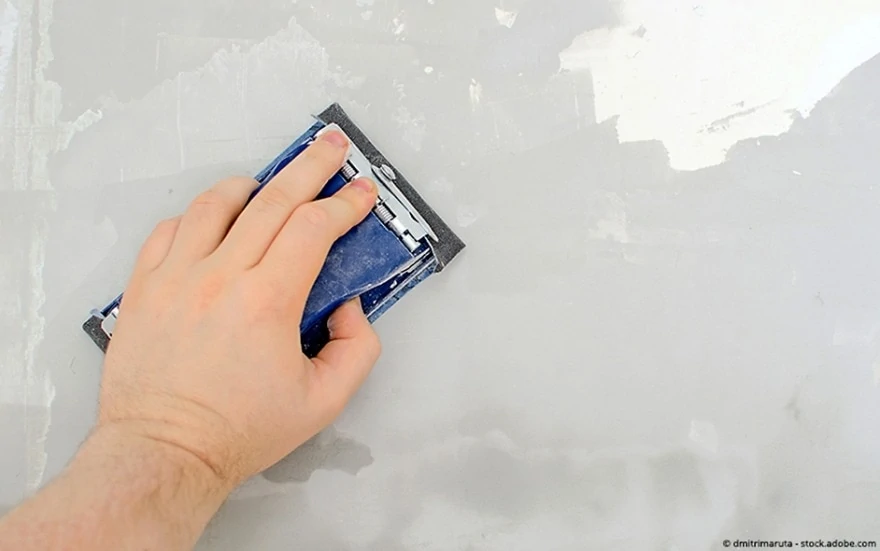
Sometimes the workpiece has a relatively smooth surface immediately after casting. This is especially true if silicone molds were used. In this case, it is sufficient to simply wet sand with a finer grain or to dispense with it altogether and go straight to resin polishing.
Recommended Polishing Compound and Cleaner
When it comes to polishing resin, the most important factor is a suitable polishing compound and cleaner to get the best possible result. We made the best experience with the Incredible Solutions Polishing Compound and Cleaner. While it is not the cheapest solution on the market, it has been developed specifically for the application with epoxy resin in all its forms. The matching cleaner helps to remove the polishing compound and let your resin pieces shine.
Incredible Solutions are experts in producing the best epoxy resin and therefore also know how to treat the cured resin perfectly to get the best out of it. It is suitable for all applications, polishing by hand or by machine.
- Compatible with all cured Epoxy Resin & Casting Resin finishes.
- Allows you to remove any stubborn resin scratch or scuffs, while bringing that the top shine to any piece of art.
- Remove swirls, scratches, & other minor imperfections in most epoxy finishes
How to Polish Resin
When polishing resin epoxy you should be extremely careful, even though the process is quite simple in itself. Thorough polishing is the cornerstone for a perfect surface. There are several factors to consider to achieve an optimal result. These include, for example, the choice of the right polishing paste and polishing sponge, as well as the selected number of revolutions of the machine used.
Drill, Polishing Machine or Dremel?
The purchase of a special polishing machine pays off in any case when polishing larger objects or surfaces. Different polishing sponges can be attached to this machine. This tool also offers the advantage that the number of revolutions can be adjusted to the polish. This minimizes the risk of the surface becoming too hot during epoxy resin polishing.
Angle grinders are not recommended for polishing epoxy resin. They often do not have a speed control. There is therefore a risk that the surface of the workpiece will become too hot during use because the speed is much too high.
Also suitable is a Dremel for Polishing, if you have resin jewelry or other small objects to polish
If you want to polish shapes or small objects, it is quite sufficient to equip a standard drill with a special polishing attachment. Here you have the choice between polishing sponges and polishing discs in different sizes. For very small objects the use of special polishing ball heads is also recommended.
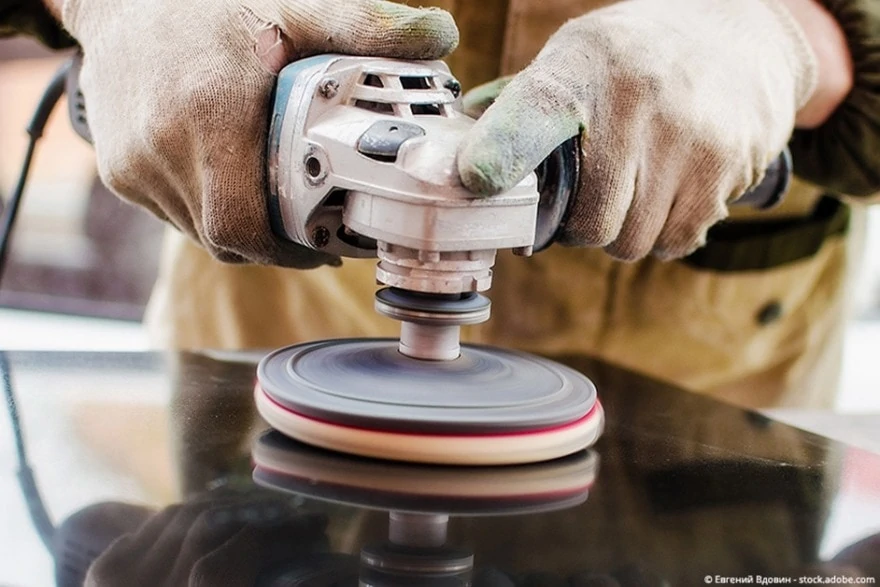
Finding the right Polishing Compound
When choosing the right polishing compound, you can choose from a variety of different products. Some of these are used in different ways and often decide on the fineness of the polishing grain contained. As a rule, polishing pastes that are offered for use on wood are also very suitable for polishing synthetic resin.
Polishing of Small Resin Castings with the Drilling Machine
For polishing small objects with a drill you need the following materials:
- 0-1250 RPM, variable speed reversing switch for increased versatility
- Metal-gear housing for jobsite durability and increased reliability
- 360-degree locking side handle with soft grip for greater control and versatility
- Enables exact, straight drilling of surfaces, strips and round materials
- Has an adjustable scale ring for drilling depths accurate to the millimetre
- The work surface is milled with clamping grooves for the attachment of vices
- 8 pieces of high quality polishing slides for all drilling machines
- Suitable for polishing all kinds of materials, such as wood, metal, plastic, etc.
- Various shapes, ideal for hard-to-reach areas
Tutorial: Epoxy Resin Polishing with a Drill or Dremel
- First mount the flannel polishing attachment onto the drill bit.
- To set up the fibers of the polishing attachment, hold the rotating polishing disc against a square object.
- Next, apply some polishing paste to the polishing wheel and carefully hold the workpiece you want to polish against the wheel.
- Now you can polish the object with even movements. You should continue to do this until you have achieved the desired degree of gloss.
- If necessary, you can repeat this process with the extra fine flannel attachment.
Resin Polishing by Polishing Machine: Ideal for Larger Surfaces
If you plan to polish larger surfaces such as table tops or floors, the use of special polishing machines is recommended. In contrast to a drill, a polishing machine moves the polishing attachment in elliptical (eccentric) rather than exclusively rotating movements. This makes the result absolutely perfect. Especially for beginners, the use of such a machine is ideal to achieve a regular shine relatively easily.
- Powerful compact orbital polishing machine
- Detachable side handle and digital screen
- Set including bag, paste trays in 6 inch and 7inch, polishing pads and spare carbon brush
How to Polish Epoxy Resin by Hand
In order to be able to control the polishing process better and to have more feeling for the process, it can be useful to polish small objects by hand instead of by machine.
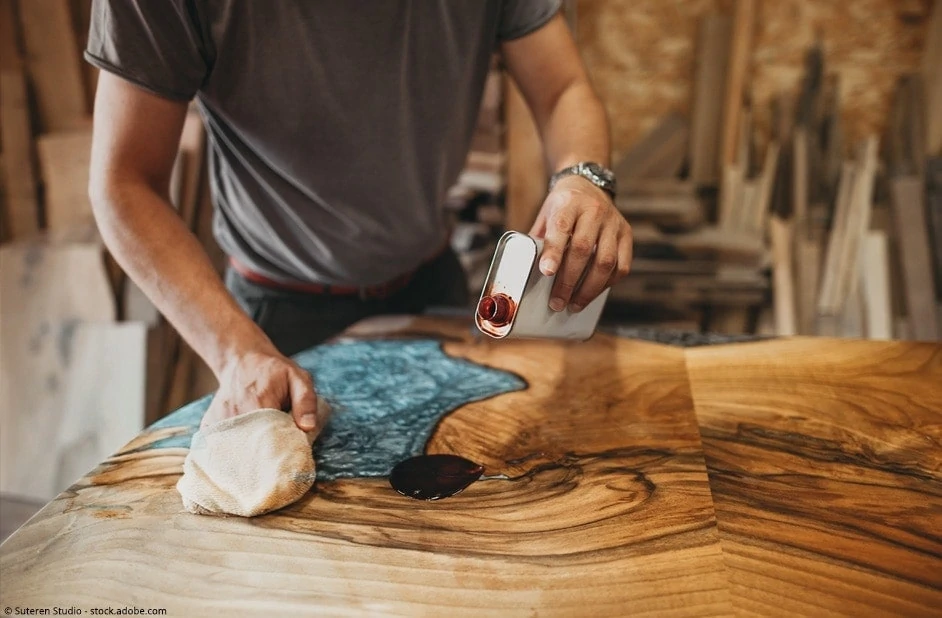
For this you will need the following materials:
- Colorless polishing paste
- Water
- a linen or cotton cloth
- a piece of wood or similar hard, rectangular object
Tutorial: Polishing Epoxy Resin by Hand
- First, apply some of the colorless polishing paste to the cotton or linen cloth and then moisten it slightly with water.
- Then rub the cloth in slow, circular movements with a little pressure over your work. It may take some time before the surface has the desired shine. So you have to be patient.
- If you want to work on edges or straight surfaces, you can simply wrap the wooden block with a cloth.
Tip 1: During the polishing process you often think that the surface is far from having the desired degree of gloss. This can also be due to the fact that the polishing paste leaves a matt impression on the surface. This should therefore be removed again and again with a clean cloth during the process in order to be able to control the polishing progress.
Tip 2: To avoid leaving colored residues on the surface of the workpiece which are difficult to remove, it is important to use colorless polishing paste.
Conclusion on Epoxy Resin Polishing
Resin polishing is the cornerstone for obtaining a perfectly shiny surface of your workpiece made of epoxy resin. However, you should make sure that the workpiece has been prepared for polishing by carefully grinding it with different grit sizes. If this is not done carefully enough, the surface will show unsightly grinding marks which cannot be removed even by the most thorough polishing.
Take a look at our polishing resin webstory here!
In 2005, Charlene completed her wellness degrees in therapeutic aromatherapy and reflexology at the International School of Reflexology and Meridian Therapy. She worked for a company offering corporate wellness programs for several years before opening her own therapy practice. In 2015, she was asked by a digital marketer friend to join her company as a content creator, and it was here that she discovered her enthusiasm for writing. Since entering the world of content creation, she has gained a lot of experience over the years writing about various topics such as beauty, health, wellness, travel, crafting, and much more. Due to various circumstances, she had to give up her therapy practice and now works as a freelance writer. Since she is a very creative person and as a balance to writing likes to be active in various areas of art and crafts, the activity at acrylgiessen.com is perfect for her to contribute their knowledge and experience in various creative topics.
Learn more about Charlene Lewis and about us.
